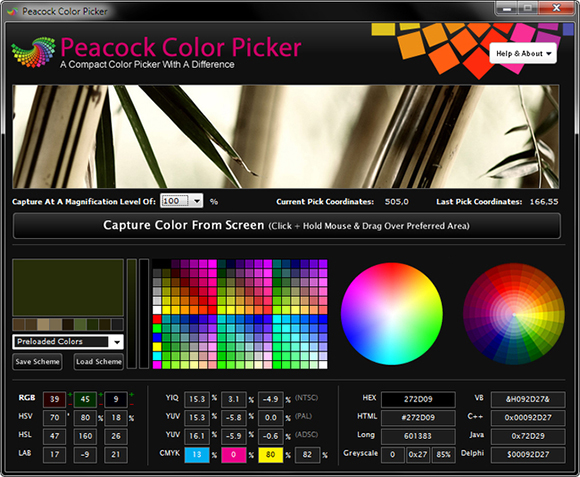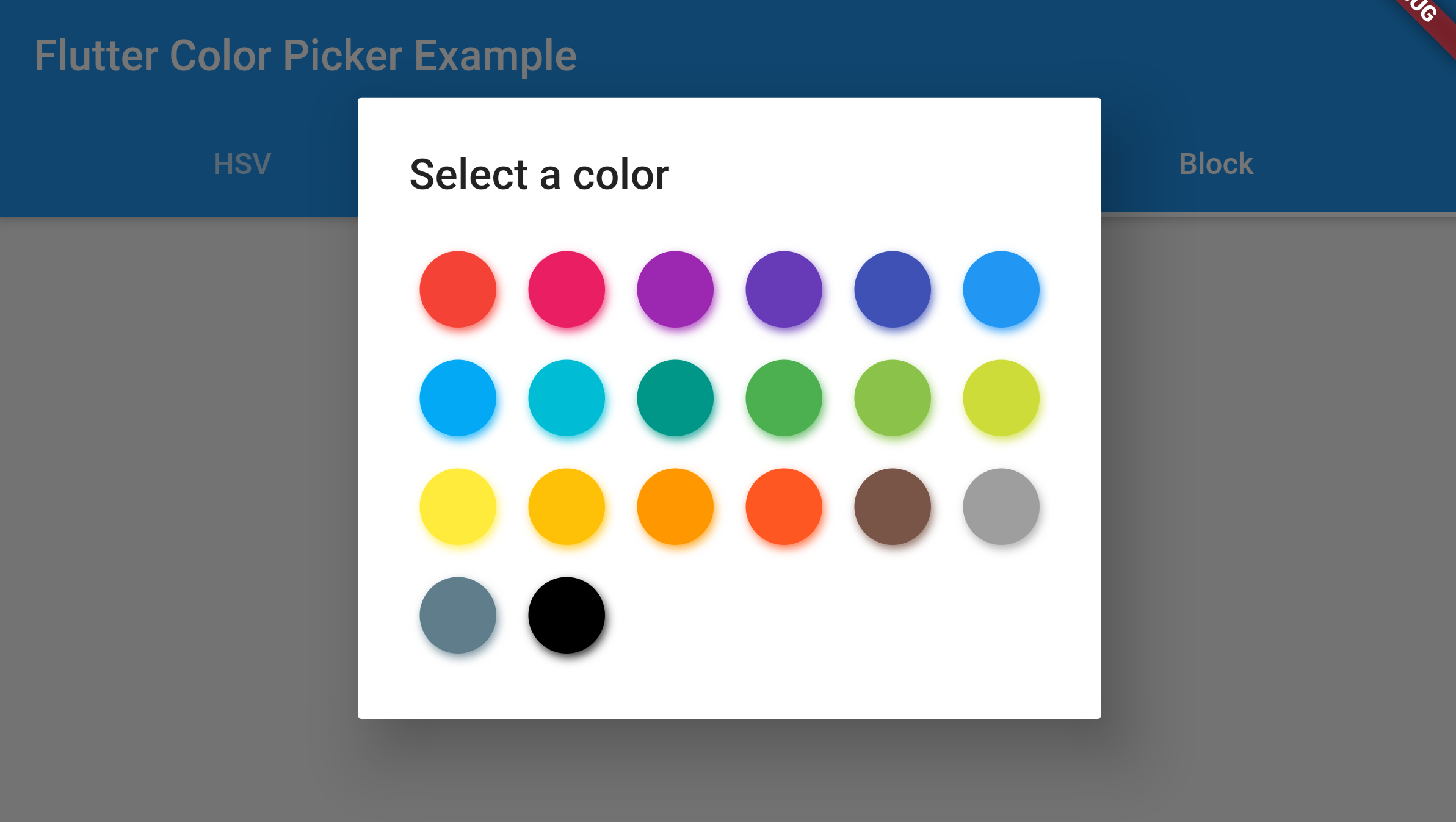


Right-click the color, then type a name for the color�into the Color Label window. When you hover the mouse cursor over the color that has been labeled, you will see the name listed in the tooltip properties for the color.Ĭolors can also be labeled from the Theme Menu. You can label colors saved in your Theme Bar by right-clicking a saved color, and typing a name for the color in the Color Label window.

To delete a color from the theme, drag it to the Trashcan icon. To edit the theme, drag colors left or right. Reorder colors within a theme by dragging them right or left.ĭrag colors to the Trashcan icon to delete them from the theme.Ĭolors can also be reordered and removed from the Theme Menu. Then click the Accept button.Ĭolors can be added, removed, or reordered within the theme using drag and drop.ĭrag colors from the main swatch to add them to a theme. This displays a text field, with the default text "New Theme". Themes can be renamed by clicking the Rename button. New themes can be added by clicking the Theme Menu button.Ĭlick the New Theme button to add an empty theme to the list.Ĭlick the Duplicate button to create a new theme that copies an existing theme. These can be used to make commonly used colors available or to restrict the colors used by artists and designers to a specific palette. Themes are collections of colors that can be easily reused.
Material ui color picker mac#
Additional work will be needed on Mac where the final rendering space is gamma 2.2. Several places in Unreal Motion Graphics (UMG) now force this default since sRGB is the space UMG will be rendered in (on PC). When transformed back into sRGB space, it will be the same color you saw in Photoshop.įColor and FLinearColor can also default to the sRGB space using a UPROPERTY meta tag of sRGB=true (or false), you can force a specific default checking of the sRGB checkbox. Instead, sRGB is the assumed space all colors are sampled in, making sampling colors from Photoshop the identical version of the color converted into linear space. When working with the Color Picker, it does not assume a straight inverse gamma conversion from colors sampled on the screen using the Eye Dropper. The Eye Dropper (right image) can be used for selecting a colored pixel from any window inside or outside of Unreal Engine.ĭrag or type value to set the Red channel.ĭrag or type value to set the Green channel.ĭrag or type value to set the Blue channel.ĭrag or type value to set the Saturation.ĭrag or type value to set the Value (color brightness).ĭrag or type value to set the Alpha channel.Įnter in Hexadecimal Linear or Hexadecimal sRGB values manually. Toggles between the Color Wheel or Color Spectrum (left image). Colors can be dragged from either the Old or New sections to the Themes bar to save them for reuse later on. Instead of Color Wheel, a Color Spectrum may be used if the option is toggled on.ĭisplays the color currently assigned (Old) to the property and the color currently selected in the Color Picker (New). Additional adjustments can be made by using the two vertical bars. Alternatively you can select a color by clicking anywhere in the color wheel or by capturing the color under your mouse, anywhere on your monitors.Īllows for Theme selection and sRGB previews (see note below).Ī Color wheel that allows a color to be selected graphically by clicking and dragging with the mouse. You can adjust colors by RGBA (red, green, blue, alpha), HSV (hue, saturation, value), and Hex (ARGB). The Color Picker allows you to easily adjust a color value for a color property in the Unreal Editor.


 0 kommentar(er)
0 kommentar(er)
